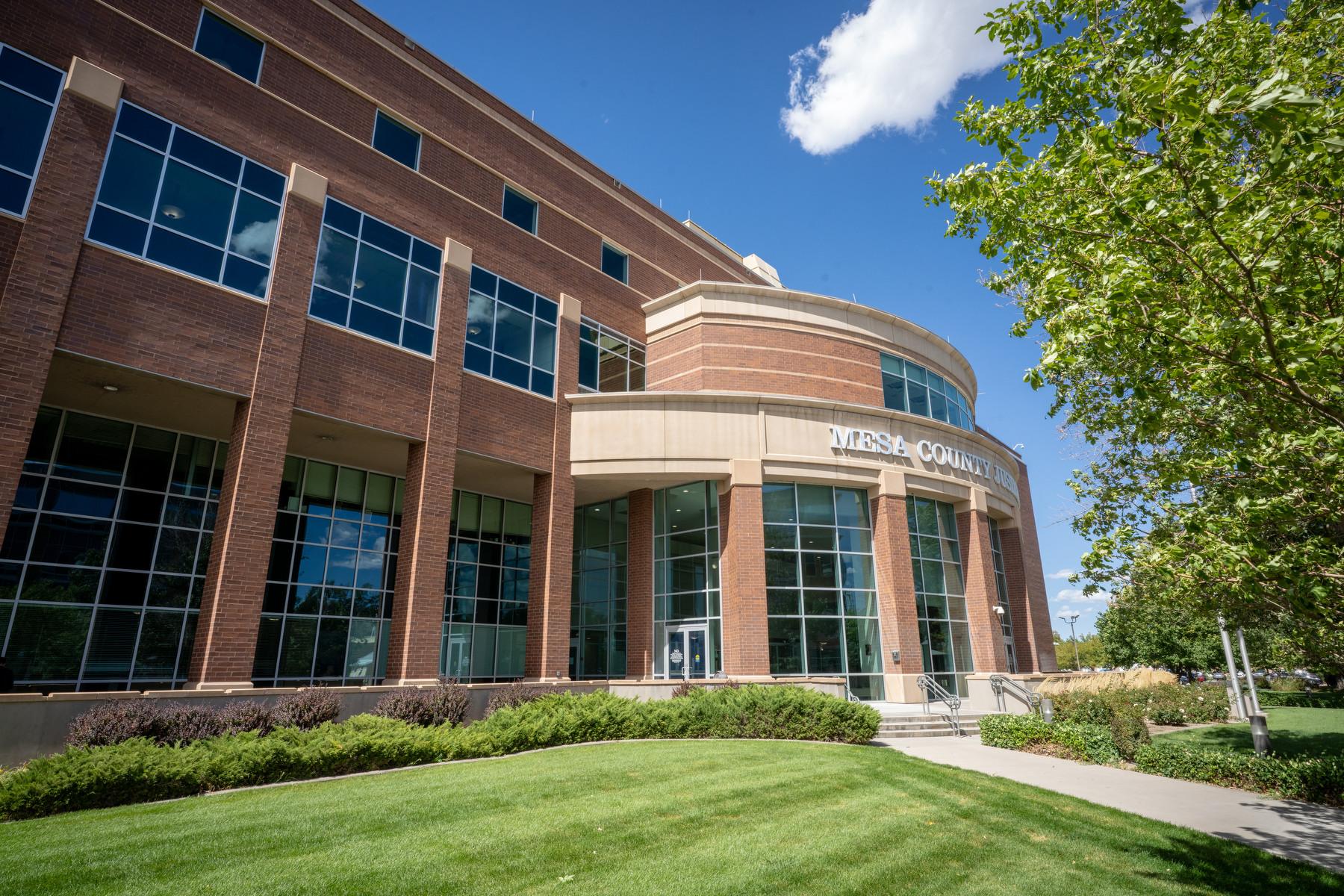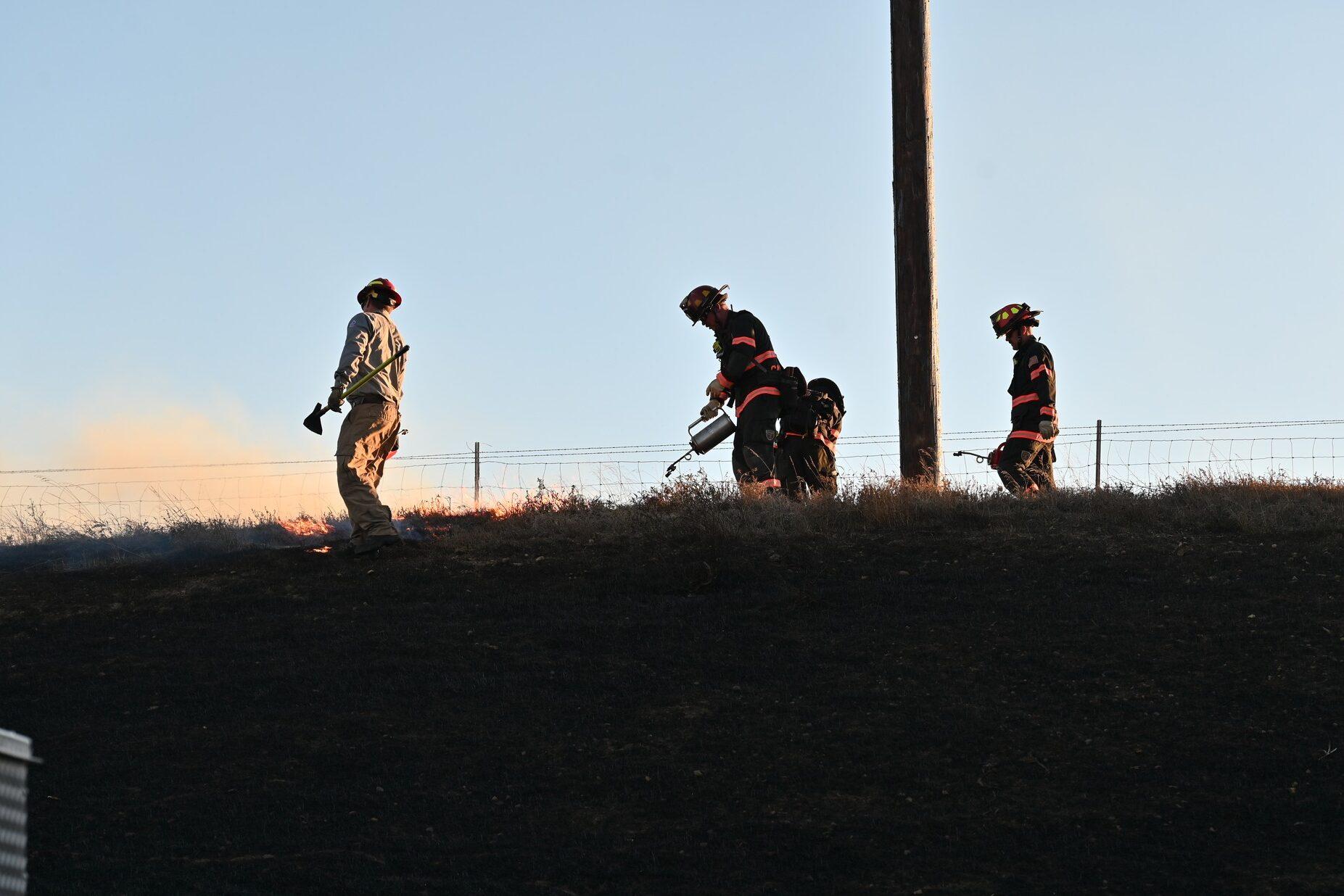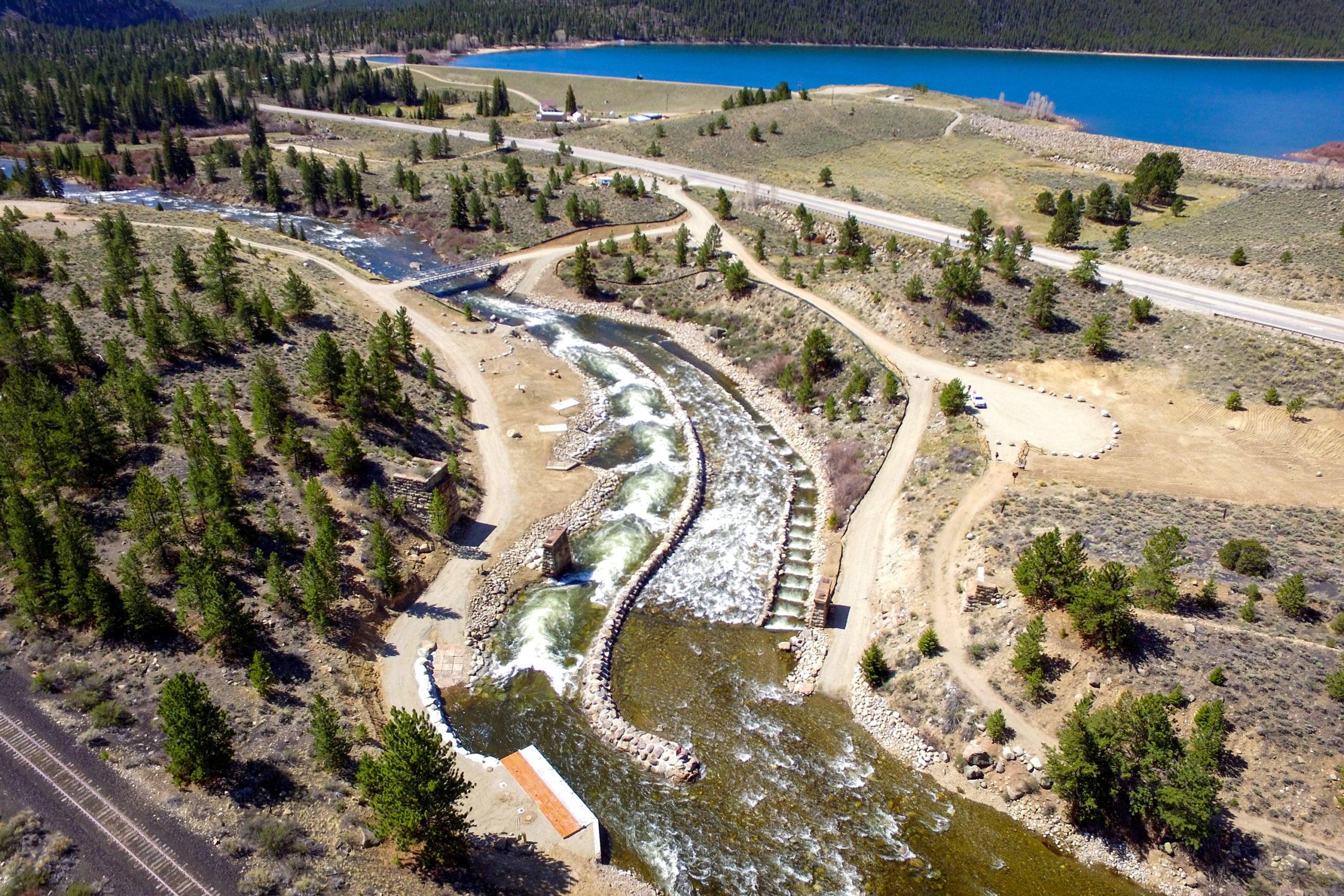
For the first time in more than 55 years, rafters and boaters can float the Arkansas River from Leadville to Cañon City without disruption.
Colorado Springs Utilities and Aurora Water have finished replacing a deteriorating dam built in the 60s with a boat chute, a new water intake and a fish ladder which will allow trout to spawn upstream. The Homestake Arkansas River Diversion project reconnected the river between Granite and Buena Vista.
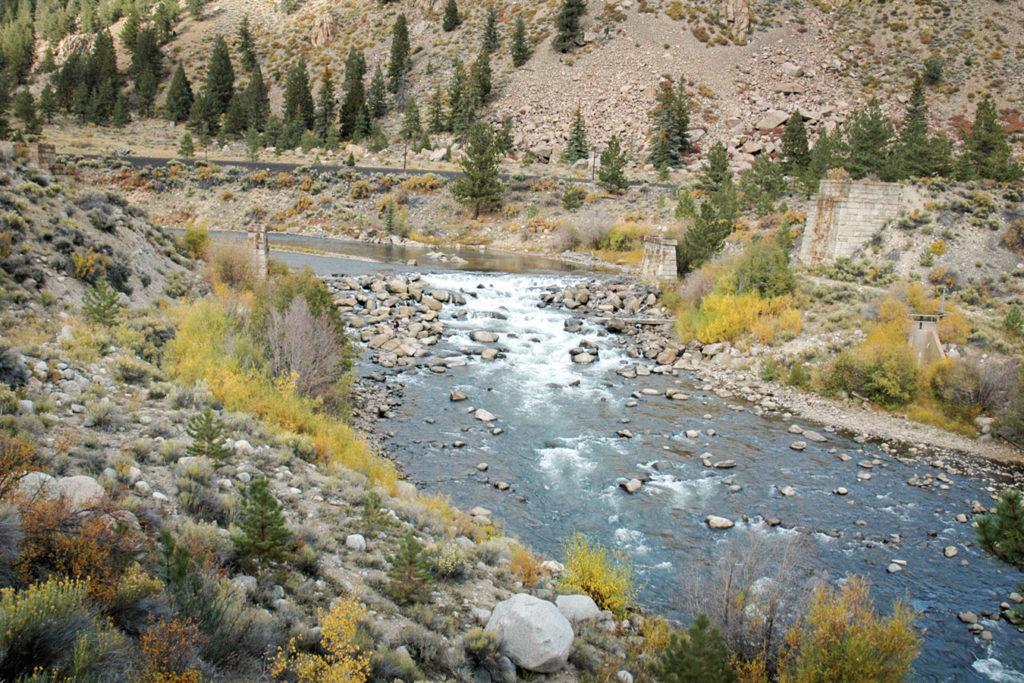
"The 1964 era design [of the dam] did not contemplate the recreational and environmental uses we see in the river today," said Ron Sanchez, a managing engineer with Colorado Springs Utilities. The concrete blocks and rebar wire made the stretch unnavigable. With the dam crumbling, the municipalities decided it should be redesigned and replaced instead of repaired.
Colorado Parks and Wildlife and the Arkansas River Headwaters Recreational Area were collaborators on the project, and Sanchez said they were instrumental in the final design. The rafting and fishing communities noted that the dam was one of the last obstacles to allowing full navigation of the Arkansas.
"We saw this project as a way to address multiple needs," Sanchez said.
Before construction started in 2018, the design was first modeled in a warehouse to refine the plan before it was built. One inch equaled one foot of the final project. The 650-foot boat chute was 60-feet long in the model.
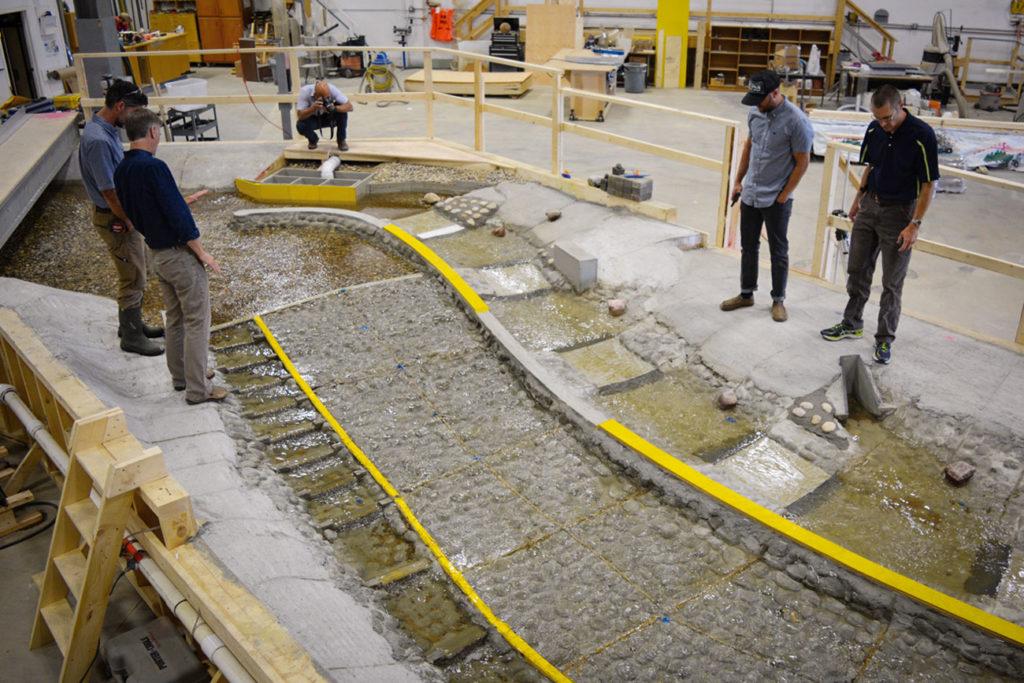
"It helped us really refine the flow characteristics and ensure the spillway and the fish passage also would be functional in the various flow conditions that we were anticipating," Sanchez said.
Part of the funding for the $9.1 million project came from Colorado Water Plan grants.

